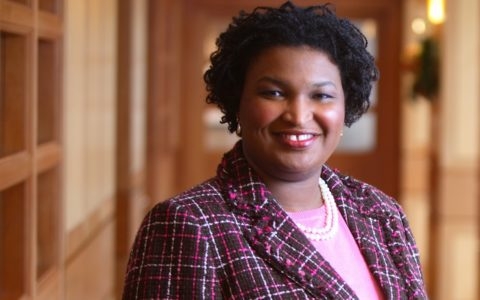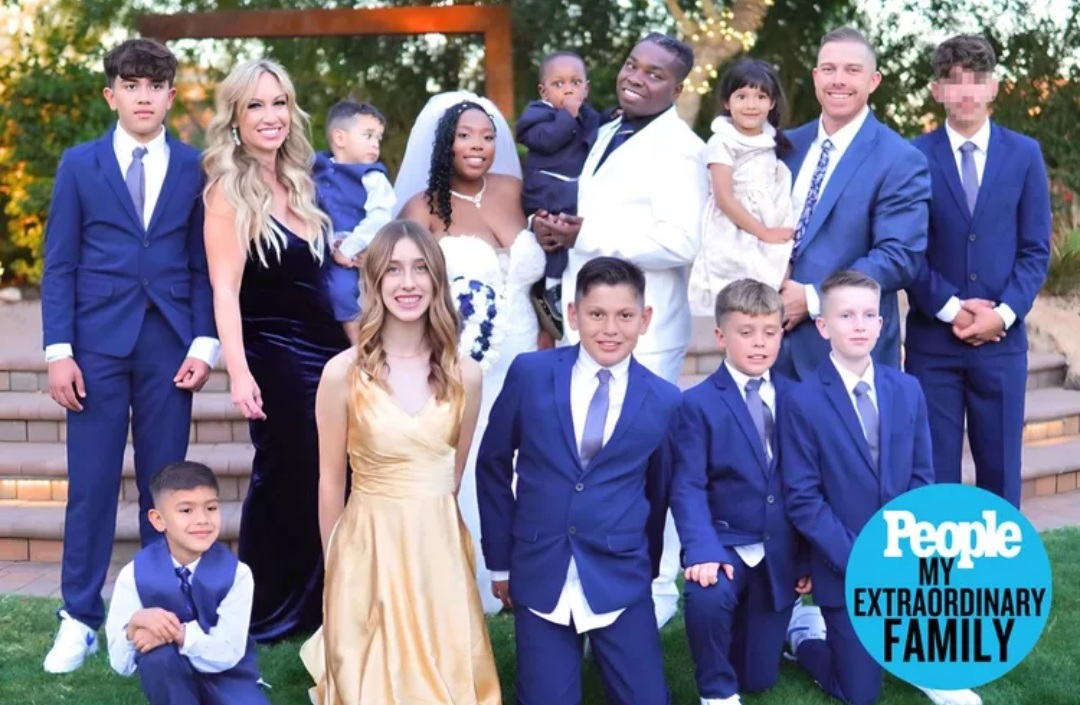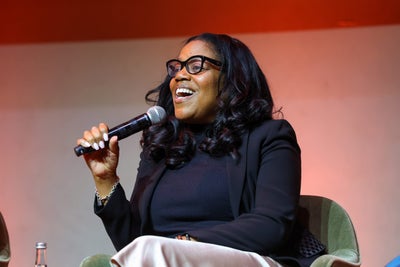
People tend to remember the first time they heard Stacey Abrams speak, and it’s easy to see why. On a Friday afternoon in May, the Democratic nominee for governor of Georgia is at a union hall in Augusta, telling a story about her father, a college-educated black man who was relegated by his race to working at a shipyard in southern Mississippi in the 1970s. The family had one car, so Robert Abrams would sometimes hitchhike home in the middle of the night. When he didn’t come home one time, the rest of the family set out to pick him up and found him half-frozen by the side of the road, having given his coat to a homeless man. They asked why he, a poor man on a lonely road at night, would do such a thing. And Robert said, “Because I knew you were coming for me.”
You can hear scattered sniffles in the union hall as his daughter pauses. Then she roars: “I am coming for you, Georgia! Help me get there!”
This kind of moment is one reason why Abrams, 44, has a chance to become America’s first black female governor. Describe someone as “commanding the room” and you generally conjure an image of gravitas–a man, likely white, in a suit, emitting soaring oratory. Abrams is a big-boned, natural-haired, youthful-looking woman with a quizzical smile and a gap between her front teeth. She’s as likely to geek out about tax policy or Star Trek as she is to summon the spirit of justice. Yet when she speaks, all kinds of people–from black folks in rural communities to yuppie “resistance” moms around Atlanta to this crowd of rough-handed electrical workers–go quiet and listen. In a Democratic Party divided and desperate for fresh faces, Abrams is already becoming a national star.
For the full story, visit Time.com/Politics/AmericanSouth.




